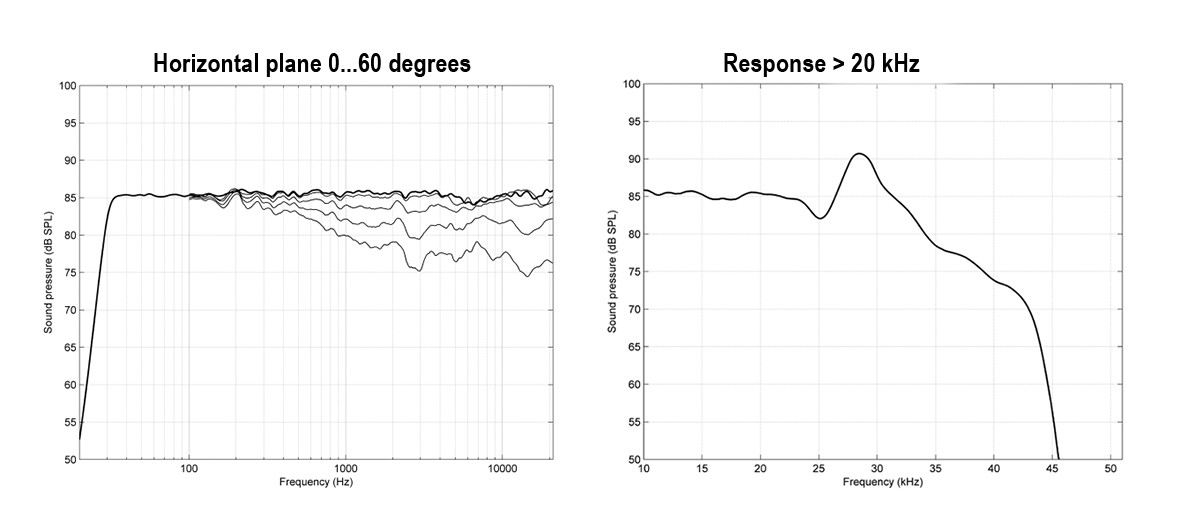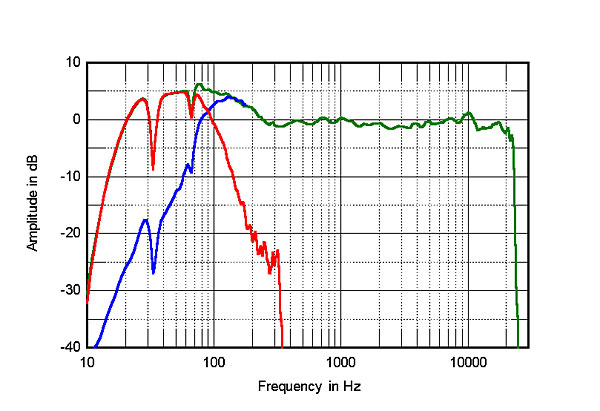Perhaps you should check out the
review and measurements by
@mitchco.
Or, more recently at
Stereophile.
Such reviews were informative, yet contradictory. Can anyone tell what is the DSP-uncorrected room-effects-untangled frequency response is? Especially in the 80Hz-160Hz region? Which one of the three graphs below shall I believe?
https://www.stereophile.com/content/dutch-dutch-8c-active-loudspeaker-system-measurements
http://www.mcleans.info/shop/productDetails.do?categoryId=1254&productId=264619
The only thing "controversial" about the anechoic measurements you sourced was their publication without accompanying interpretation for what were clearly anomalies (bass and distortion).
Measurements of monitors with established professional reputation tend to be boringly uncontroversial. Their interpretation is simple. Behavior predictable in typical studio environments. 8C are different, because they are designed to couple with a room much stronger: this is both their strength and weakness, depending on the room.
The local ASR links you provided above clarify those anomalies.
Not sure what you were going for by linking to something that counters your own argument...
Clarification of an anomaly is a sequence of words. Fixing an anomaly requires a sequence of actions. Some of the anomalies can be fixed with the 8C embedded DSP. Some others require properly coupling 8C to the front wall, which could be quite challenging, especially if a room is non-symmetrical, or you need more channels than two.
You can always go
check out what the professionals think (good and bad,) instead of
armchair quarterbacking postulating.
Professionals rarely say bad things about well-established studio monitors. For instance:
https://www.gearslutz.com/board/showpost.php?p=13457893&postcount=19
https://www.gearslutz.com/board/high-end/1010122-genelec-8351-anyone-else-using-these.html
I tried to find negative reviews of the Genelec 8351 on Gearslutz, and couldn't. Different engineers prefer different monitors for various reasons, yet there are no obvious 8351 faults reported.
Let's now turn our attention back to 8C.
https://www.gearslutz.com/board/showpost.php?p=14016165&postcount=1272
https://www.gearslutz.com/board/showpost.php?p=14005118&postcount=1265
I see multiple reports about 8C issues, mechanical and electronic.
Here's an account of real-life experience with them:
https://darko.audio/2019/05/unfinished-business-with-the-dutch-dutch-8c
Regarding the "armchair quarterback postulating". Indeed, some of the 8C characteristics can be easily discerned from an armchair. For instance, look at the photo below. There's an armchair

What is the person sitting in armchair thinking? Maybe: "Are the customers really supposed to put a 26 kg thing on a skinny pole like this? Unless it is bolted to the floor of course"

In reality, the dealers who care about keeping their customers and their pets healthy and alive for long enough, so that the customers could buy from them again, recommend using other stands, for instance these:
This is an example of how what the designers or marketers of 8C envisioned differs from reality. Such gap is a usual and normal thing for a young company.
My "postulate" (observation actually) is that there are market niches for which 8C could be suited better than it is suited for general studio monitors market. Sure, some audio engineers buy them, and out of those some percentage love them. But is it going to be a runaway success there? My prediction is that it most likely won't.
At the same time, I can totally imagine how young professionals living in smaller apartments, and spending significant time inside corporate conference rooms, could advocate the 8C case to their spouses, bosses, friends, and colleagues.
I repeat once again. I'm not putting it unconditionally down. 8C is an attractively designed all-in-one combination of a good conventional monitor and a decent subwoofer. Teething problems aside, it has the potential to make it big, just not necessarily in the general studio monitors market, and not at the current price.





